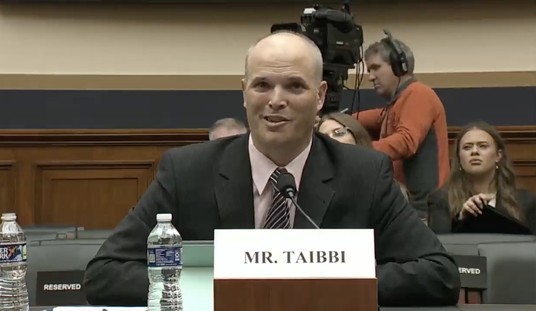As long as nothing goes wrong … as long as the weather doesn’t get too hot or cold or populations in various vulnerable areas don't grow too much or disasters, manmade or natural, don’t hit too close to home, America’s grid operators say they can meet demand.
But none of that stuff better happen because we’re not sure we can meet demand if it does.
In Texas, where half the nation’s jobs are created, ERCOT, which manages the grid, says it likes to have a margin of about 13.75 percent capacity between what consumers will need and what the grid is capable of producing. That margin is now 11 percent, up from an estimate early this year of just 9.3 percent. That margin is so thin the folks with ERCOT say they can’t “rule out rolling blackouts” if demand outstrips supply across the state.
In California, grid managers operate even closer to the margins, and green energy advocates have forced the state’s last two coal-fired plants and last two nuclear plants to shut down in coming years.
Grid managers already get around this by importing electricity from neighboring states – at times, up to half the electricity in Los Angeles comes from out-of-state coal-fired plants.
But the state gets 30 percent of its utility-scale electricity from renewables now and has 12 years to ramp that up to 50 percent. So even though natural gas now accounts for nearly 60 percent of its power, that total must decrease by law. It already calls for consumers in Southern California to conserve energy at peak times, such as during afternoons in the summer when temperatures are highest.
Recommended
Summer is a problem in terms of grid capacity, but winter is too. The U.S. Department of Energy’s National Energy Technology Laboratory reported that during the so-called “bomb cyclone,” the nation’s remaining coal fleet provided “the majority of the daily power generation” that was required to keep the lights on. Their report found that “removing coal from the energy mix would worsen threats to the electrical grid’s dependability during future severe weather events.”
But, as a result of President Obama’s War on Coal, nearly 40 percent of the country’s coal plants have either retired or announced plans to retire. And generous renewable subsidies and market forces are leading a “significant number” of U.S. nuclear plants to be at risk of closing in the next 5 to 10 years.
In response, President Trump has proposed some coal and nuclear-fired plants be kept open with utilities ordered to buy enough of their power to keep them viable at less-than-full output.
“Keeping America’s energy grid and infrastructure strong and secure protects our national security, public safety and economy from intentional attacks and natural disasters,” the White House said in a statement.
According to ABC News, the Department of Energy memo does not say how much power operators would have to buy but said it should be enough to keep the facilities open for the next two years because of national security concerns.
The proposal has drawn fire from the left and the right. Opponents say the backup power is not necessary, coal use has fallen 20 percent in just the last year and Trump’s effort is designed solely to prop up a dying industry and win votes in the Rust Belt.
Others decry government picking winners and losers and ordering companies to buy certain products from certain suppliers, and some say it would drive up costs for consumers and, as one grid operator put it, “There is no need for any such drastic action.”
Reasonable people can disagree on the government interference v. strategic importance argument.
But for a renewables trade group to argue against bailouts for energy sources that are not competitive on their own is laughable. Today, despite government mandates and hundreds of billions of dollars in subsidies, about 1 percent of the power in the United States comes from renewables, and almost all that is because of government mandates that require use of given percentages of renewables in their mix.
In the US, we spent $18 billion on energy subsidies in 2016 and $14 billion of it went to direct subsidies for renewables and to promoting energy efficiency. A University of Texas study projects that next year, we will spend 50 cents per kilowatt hour on coal, $1-$2 on natural gas, $15-$57 on wind energy and $43-$230 on solar. Wholesale prices ranged from 2.9 cents to 5.6 cents per kilowatt hour, meaning wind production accounts for 30 percent to 60 percent of wholesale electricity prices.
These are the facts. We can judge on our own the merits of the danger of rolling brownouts or strategic attacks on our grid. But to keep a few power plants alive for two years until a more solid solution presents itself does not seem overly onerous given the current situation in the US and throughout the world.

























Join the conversation as a VIP Member